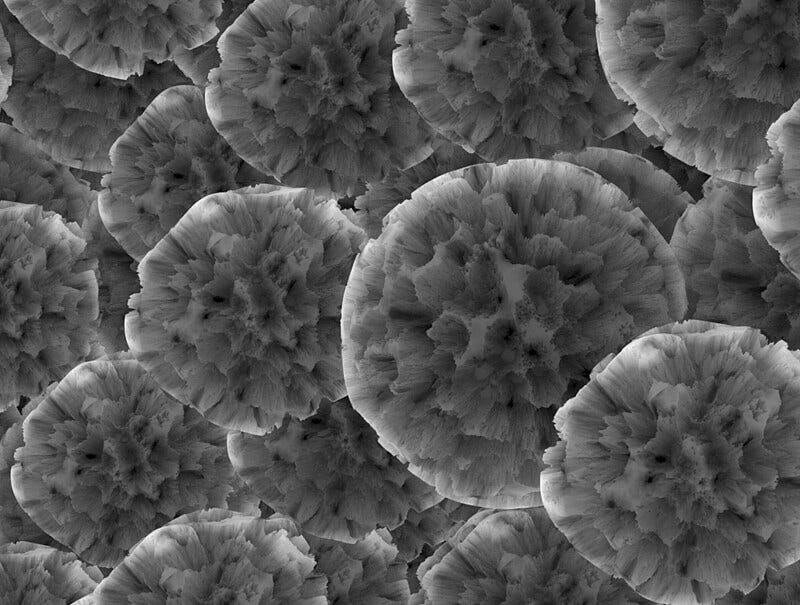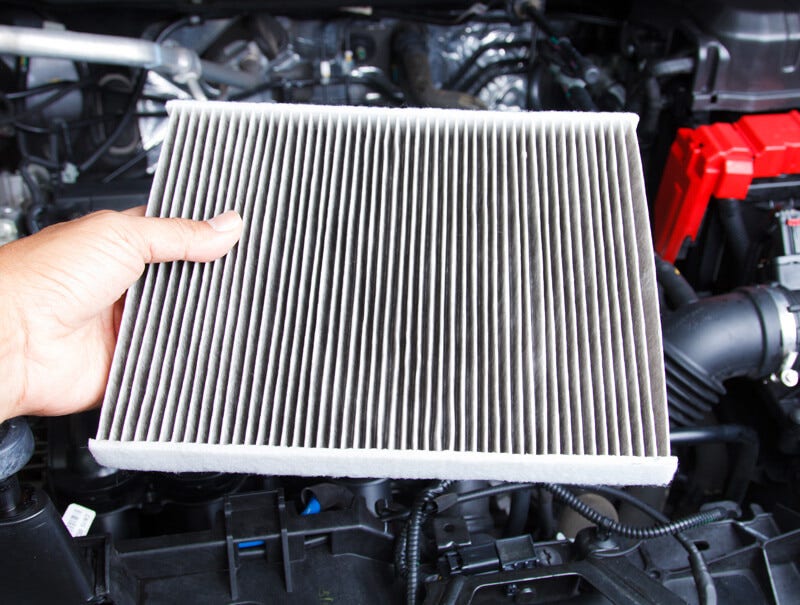WHAT DISTINGUISHES FILTRON CABIN FILTERS?

Effective filter media
In FILTRON cabin air filters, we use high-quality filtration media which have electrostatic properties, and thus are able to stop even microscopic particles of harmful pollutants (several dozen times smaller than the diameter of a human hair).

Additional protection with PROTECT+ technology
PROTECT+ technology reduces the risk of allergic reactions, and protects passengers from the development of allergens, bacteria, and moulds on the filter. PROTECT+ is based on a special microparticle coating visible under a microscope. The technology is used as standard in every FILTRON cabin filter.
Find out more >

Installation instructions in a paper version and in VIDEO form
Filters involving complex installation are provided with printed manuals. VIDEO instructions are available on YouTube and our website, accessible through the Instructions tab, and on the pages of specific filters.

Appropriately selected amount of activated carbon
Cabin filters with active carbon not only stop particulate matter, but also harmful gases and odours. The amount of carbon used in a given filter is selected so that the filter can effectively purify the air from harmful volatile organic compounds for a long period of time.
3 LEVELS OF PROTECTIONIN FILTRON CABIN FILTERS |
|
| |
|---|---|---|---|
 Made of synthetic non-woven fabric with electrostatic properties |
|  |  |
 PROTECT + is a microparticle coating visible in laboratory conditions, used in every FILTRON cabin filter |
|  |  |
 The activated-carbon layer is placed between the two layers of filtration medium |
|  | |

Original equipment supplier’s expertise
The high quality of FILTRON products results from the broad expertise of MANN+HUMMEL – our company is the leading supplier of original filters for the largest car manufacturers in the world. MANN+HUMMEL is the world leader in filtration technology.

 ACTIVATED CARBON FILTER
ACTIVATED CARBON FILTER STANDARD
STANDARD





